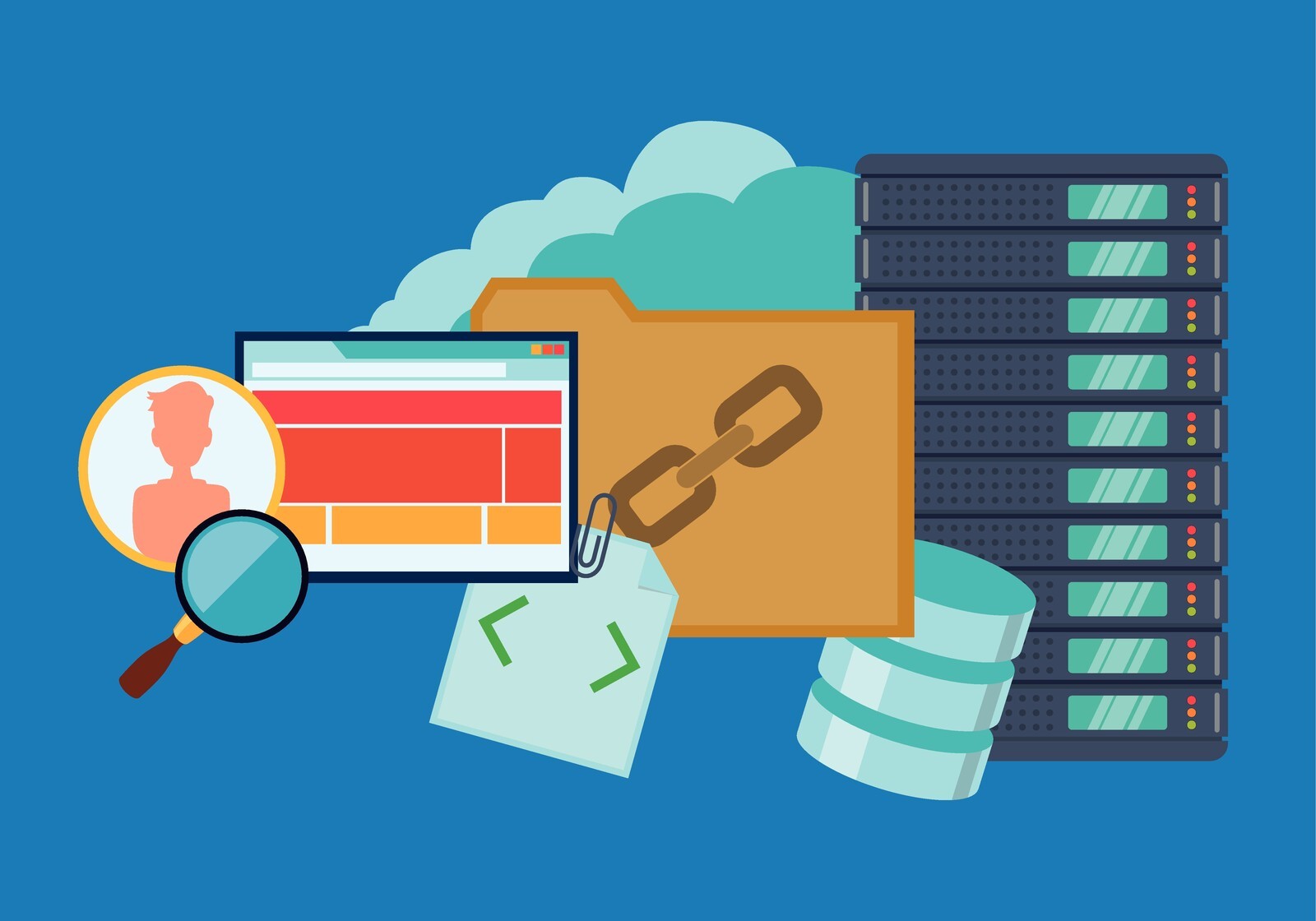A website launch is a significant milestone—it marks the culmination of hard work and creativity, unfolding as a digital unveiling where your vision becomes accessible to the world. Despite the excitement, the process of a website launch can experience challenges that can undermine even the most promising projects. From technical glitches to suboptimal user experiences, numerous pitfalls await the unwary.
A well-constructed Website Launch checklist serves as a roadmap through the complex terrain of website development and deployment, ensuring that no critical step is overlooked. It also aids in avoiding obstacles but also maximizes the potential of your website. It ensures that every element, from SEO optimization to mobile responsiveness, is aligned with industry best practices and poised to make a strong and lasting first impression.
Pre-Launch Essentials
Website Goals & Target Audience
- Define Your Purpose
Before anything else, it’s crucial to define the primary purpose of your website. Is it designed to facilitate e-commerce transactions, showcase a portfolio of work, or perhaps provide a platform for regular blogging? This initial clarification will shape every subsequent decision, from design to functionality. - Identify Your Audience
Understanding your target audience is equally important. Who are your prospective users? What are their needs, expectations, and web browsing behaviours? A clear picture of your audience will help tailor the website’s content and design to better engage and satisfy their specific requirements.
Content & Design
- Content Readiness
Content is the core of your website. Prior to launch, ensure that all content—from text to multimedia—is finalized, proofread, and optimized for search engines (SEO). This step is vital for both engaging your audience effectively and improving your site’s visibility in search engine results. - Design Approval
The design of your website should be visually appealing and aligned with your brand identity. More importantly, it must be user-friendly, offering intuitive navigation and a pleasant user experience to keep visitors engaged and reduce bounce rates.
Functionality & Technical Aspects
- Cross-Browser Compatibility
Your website should look and function consistently across all major browsers (like Chrome, Firefox, Safari, and Edge). This compatibility ensures that all visitors, regardless of their browser choice, have a seamless experience. - Mobile Optimization
With the increasing use of mobile devices to access the web, a responsive design is non-negotiable. Ensure that your website adapts smoothly to different screen sizes and orientations to provide an optimal experience for mobile users. - Performance Tuning
Website speed is a critical aspect of user experience and SEO. Optimize your website’s loading times by compressing images, leveraging browser caching, and minimizing the use of heavy scripts. - Essential Features
Incorporate essential features such as contact forms, search bars, and calls to action (CTAs). These elements should be strategically placed to facilitate user engagement and conversion. - Security Measures
Implement robust security measures, including an SSL certificate, to protect your site and build trust with your users. This is especially crucial if you’re handling sensitive user information or transactions.
SEO & Analytics
- Search Optimization
Utilize relevant keywords and craft compelling meta descriptions to enhance your visibility in search engine results. This optimization should be an integral part of your content strategy. - Analytics Setup
Deploy analytics tools to monitor user behaviour on your site. These insights will allow you to measure success and identify areas for improvement after the launch. - Sitemap Creation
Create and submit a sitemap to search engines. This step helps search engines better crawl and index your site, which can improve your site’s discoverability and SEO performance.
Testing & Refinement
Website Testing
- Bug Fixes
Before officially launching your website, it is critical to conduct comprehensive testing to identify and address any technical issues. This includes checking for software bugs, compatibility issues, and overall system stability. A methodical approach to fixing these issues will help prevent disruptions that could impair user experience and diminish your brand reputation. - Link Validation
Ensure that every link on your website is functioning correctly and leads to the intended pages. Broken or incorrect links can frustrate users and negatively impact your site’s SEO. Regular checks should be part of the routine maintenance of the website even after the launch.
Usability Testing
- Real User Feedback
Usability testing with actual users is invaluable. It provides direct insights into how real visitors interact with your website, highlighting areas that are confusing or difficult to navigate. This feedback is crucial for understanding the practical aspects of your site's user interface and overall user experience. - Adjustments
Based on the feedback collected from usability testing, make the necessary adjustments to your content and design. This may involve refining the navigation structure, optimizing the layout for better readability, or addressing accessibility issues. The goal is to ensure that the website not only looks appealing but also provides a seamless and intuitive user experience.
Launch Day & Beyond
Go Live!
- Launch Scheduling
The transition to going live should be meticulously planned to ensure a smooth launch. Determine the optimal time and day to go live, considering your target audience’s time zone and online activity patterns. Ensure all teams are on standby to address any immediate issues that may arise, ensuring a seamless transition. - Promotion
Leverage the power of social media, email marketing, press releases, and other communication channels to announce the launch of your new website. Tailor your messaging to highlight the unique benefits and features of your site, encouraging your audience to visit and explore the new digital experience you’ve created.
Post-Launch Monitoring & Optimization
- Performance Monitoring
Once your website is live, it’s crucial to continuously monitor its performance using analytics tools. Track metrics such as page load times, user engagement rates, and bounce rates to gauge the site’s functionality and effectiveness. Monitoring these metrics will help you quickly identify and address any performance issues that could affect user experience. - Continuous Improvement
The launch of your website is just the beginning. Based on the data collected from analytics and user feedback, regularly update your content and optimize features to enhance user experience and keep up with emerging trends. This proactive approach to continuous improvement will help maintain the relevance and efficiency of your site, ensuring it grows and evolves in alignment with your audience’s needs and expectations.
Website Launch Plan
The success of a website launch hinges significantly on meticulous planning and execution. By adhering to a comprehensive pre-launch checklist, you can address potential pitfalls before they become issues, ensuring every aspect of your website is polished, functional, and ready to impress your audience from day one.
A well-constructed checklist serves as your roadmap, guiding you through essential tasks ranging from technical setups like cross-browser compatibility and mobile optimization to strategic decisions around content and design. It ensures that both the visible elements and the underlying infrastructure of your site are aligned with your business objectives and user expectations.
Ultimately, a thorough and well-executed launch plan not only smoothens the transition during the go-live phase but also sets a solid foundation for ongoing site optimization and improvement. It positions your website to adapt dynamically to user feedback and evolving market trends, ensuring long-term relevance and success online.




